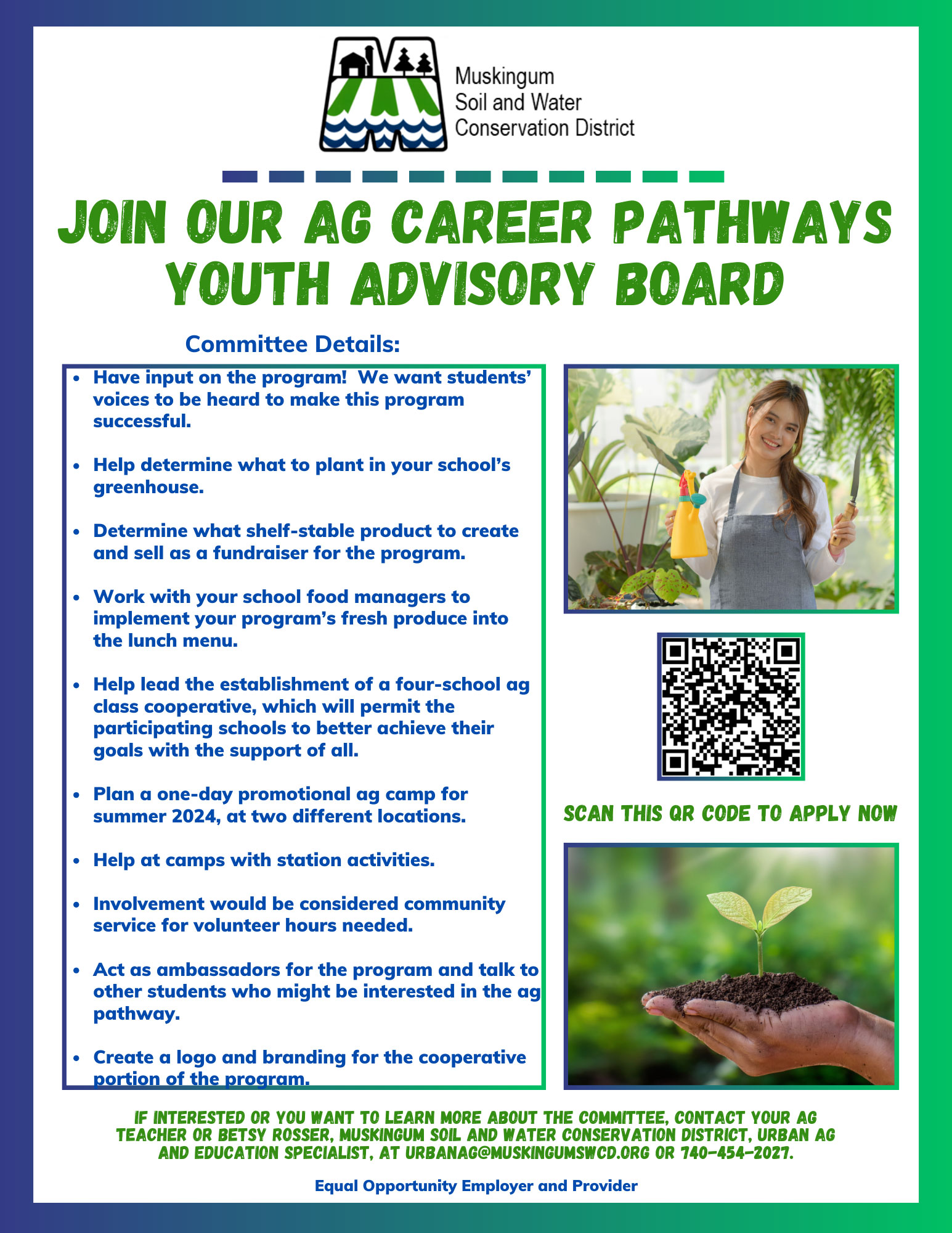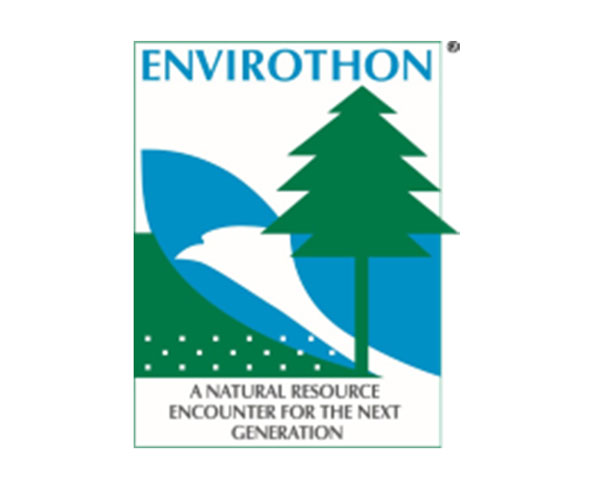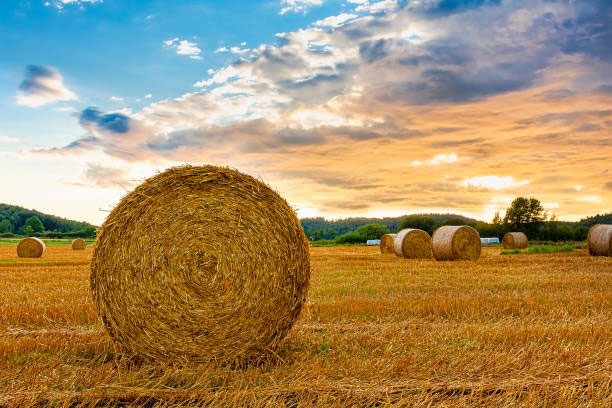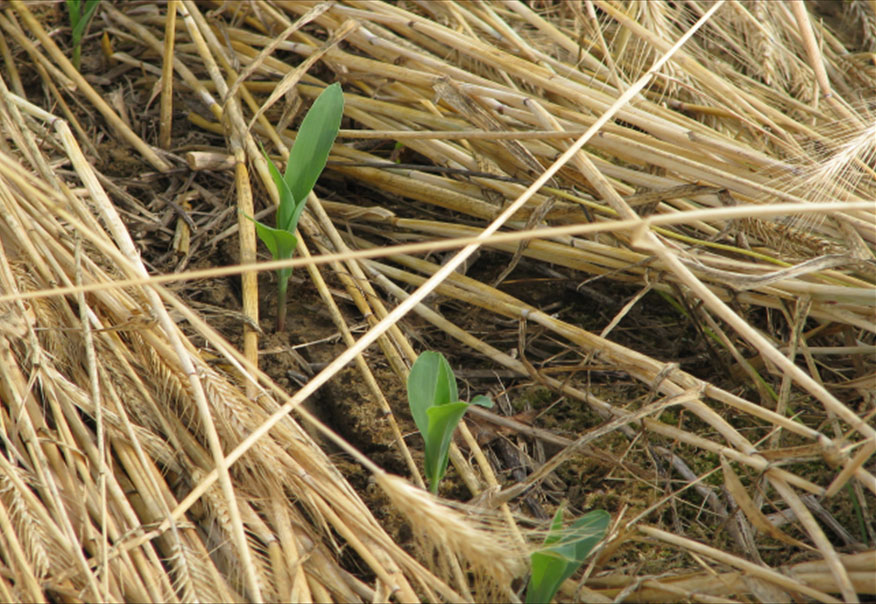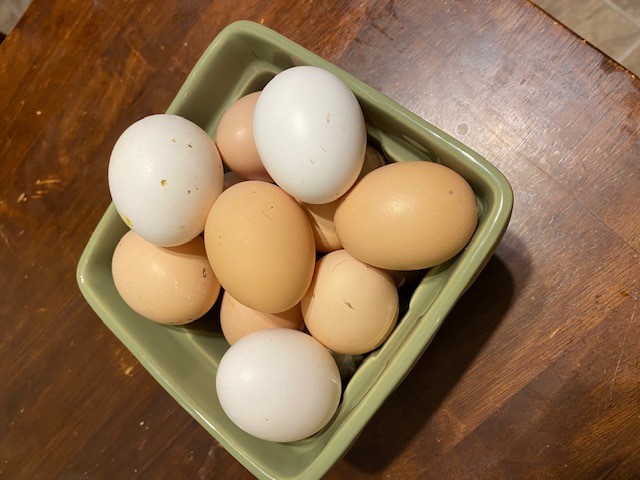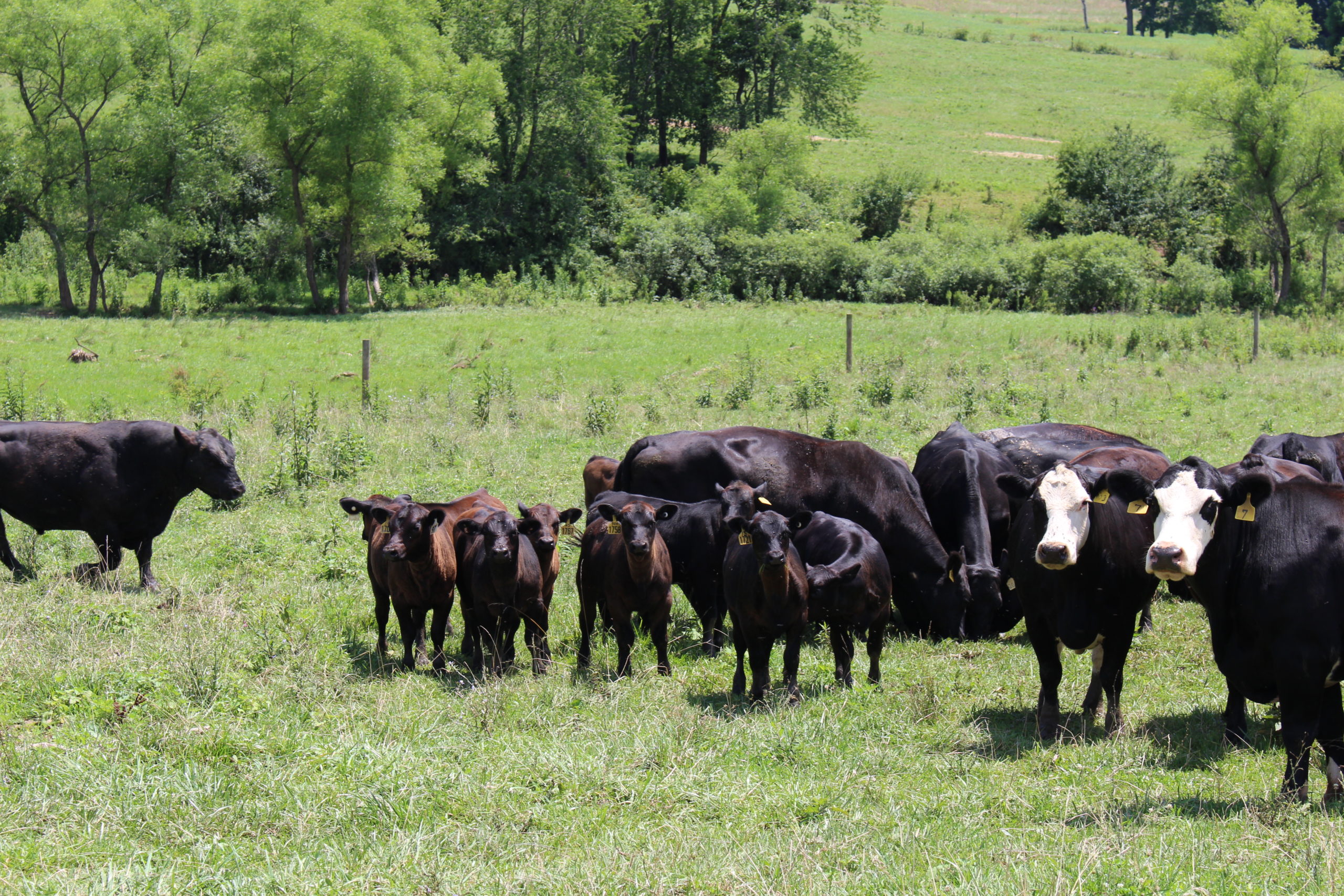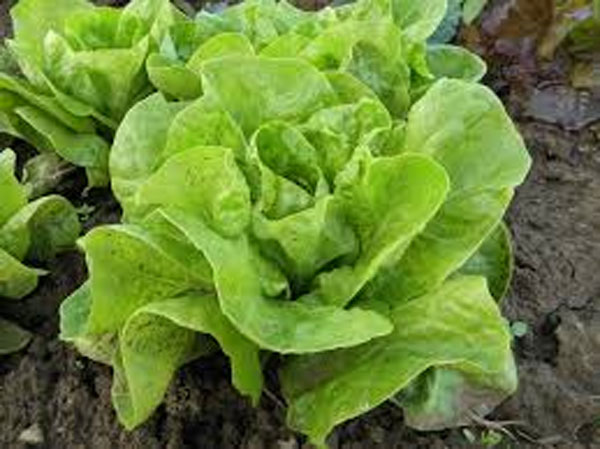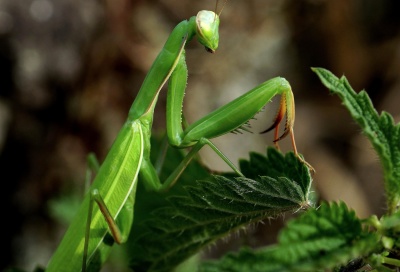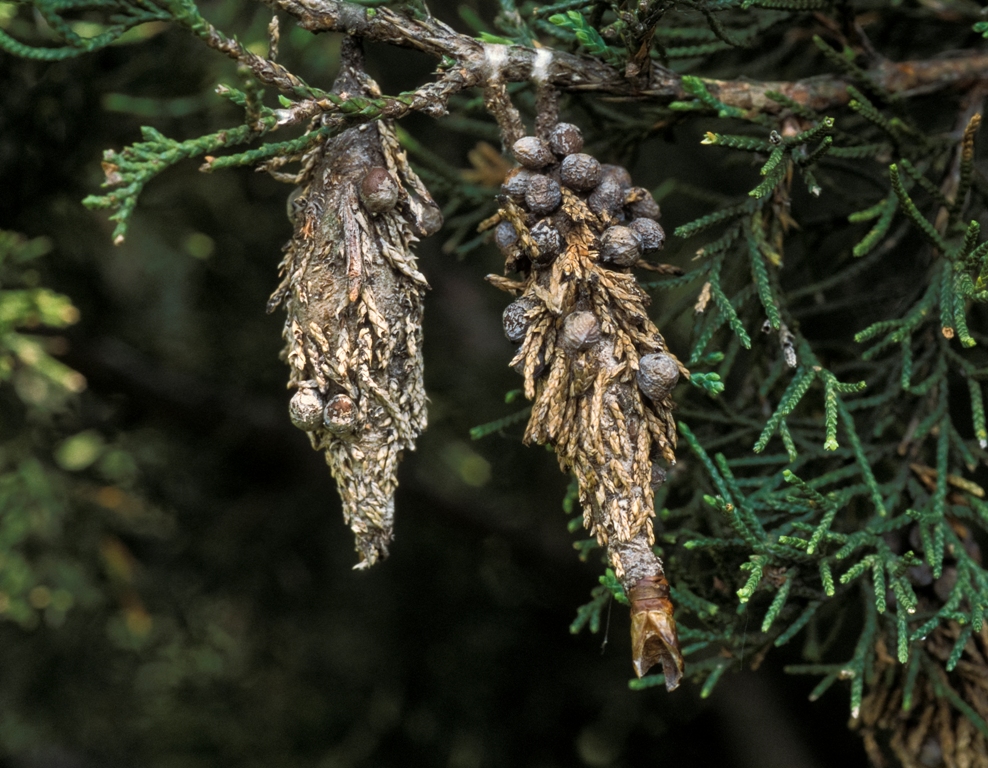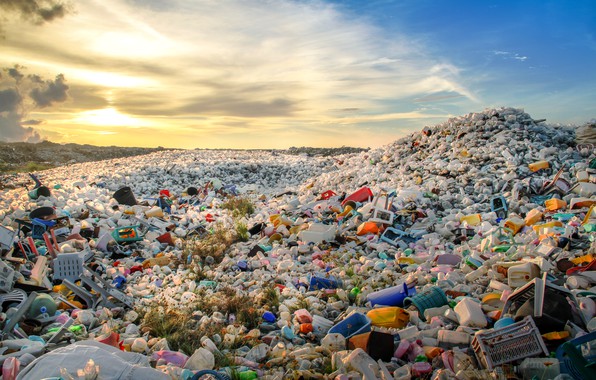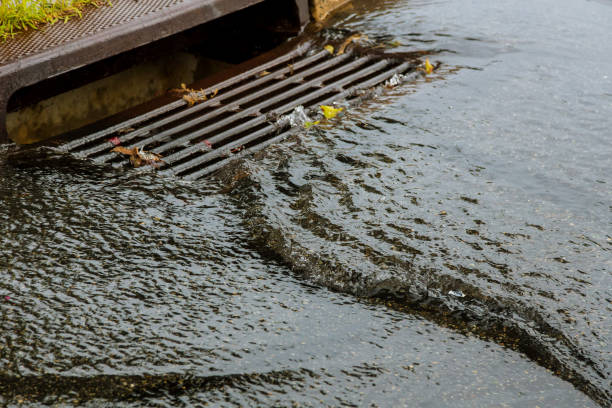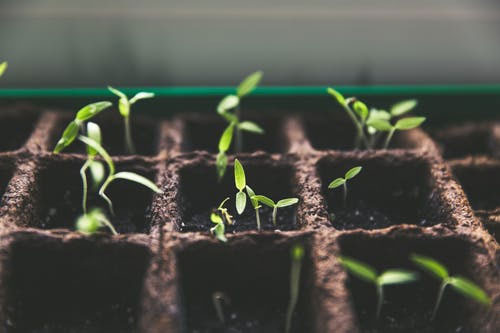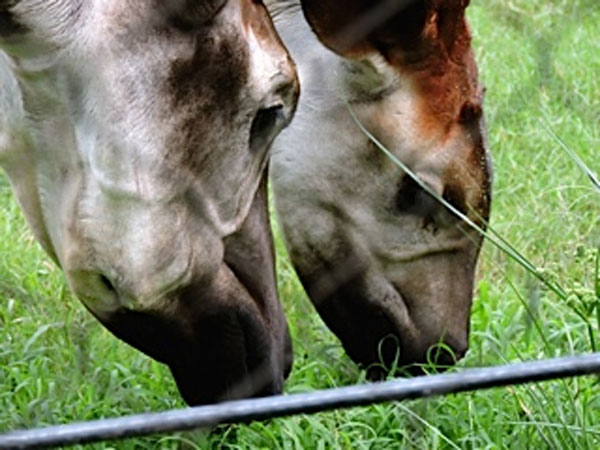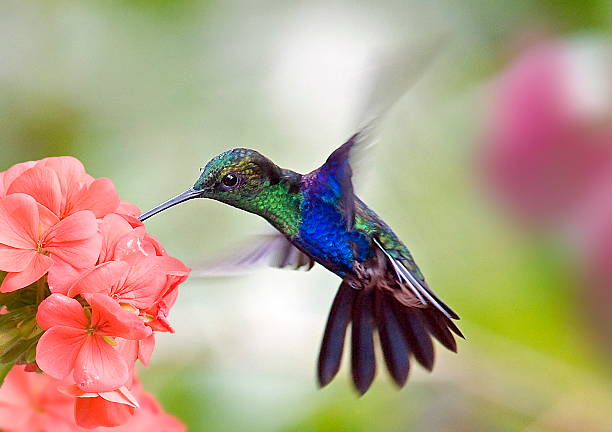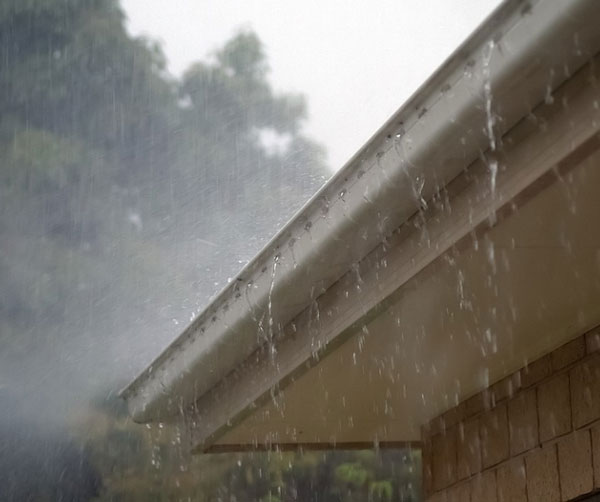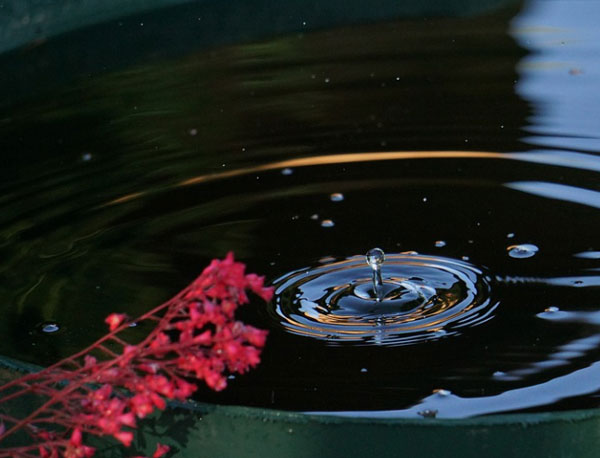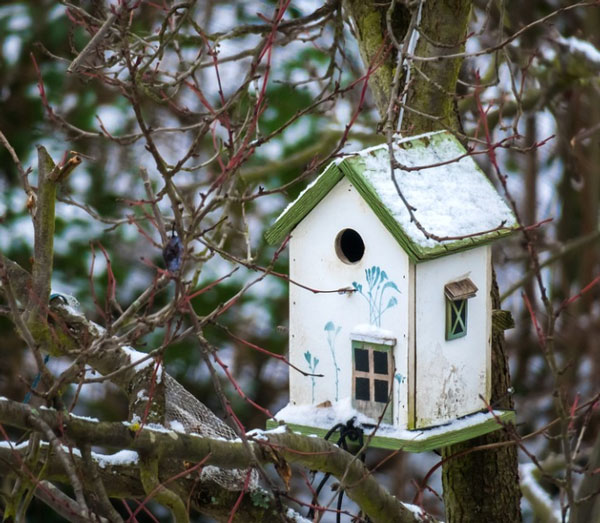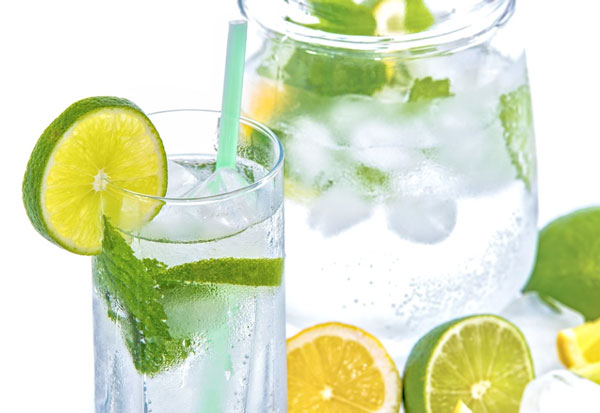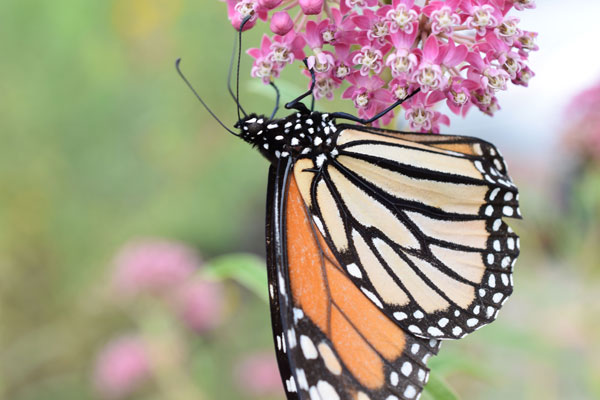
Resources At Your Finger Tips
Providing education and resources to youth and adults enabling them to build a life-long connection with nature.
Aquatic Education Trailer
Our education trailer is an 18 foot, walk-through exhibit full of hands-on exhibits where visitors can discover some of the many wonders of aquatic ecosystems.
Exhibits include: healthy vs. unhealthy streams, watersheds, point and non-point pollution, aquatic organisms and much more. Along with a tour through the trailer, students participate in grade appropriate activities including the water cycle, flow of energy in aquatic ecosystems, and adaptations of the aquatic organisms that allow for their survival in a changing environment.
Trailer Images
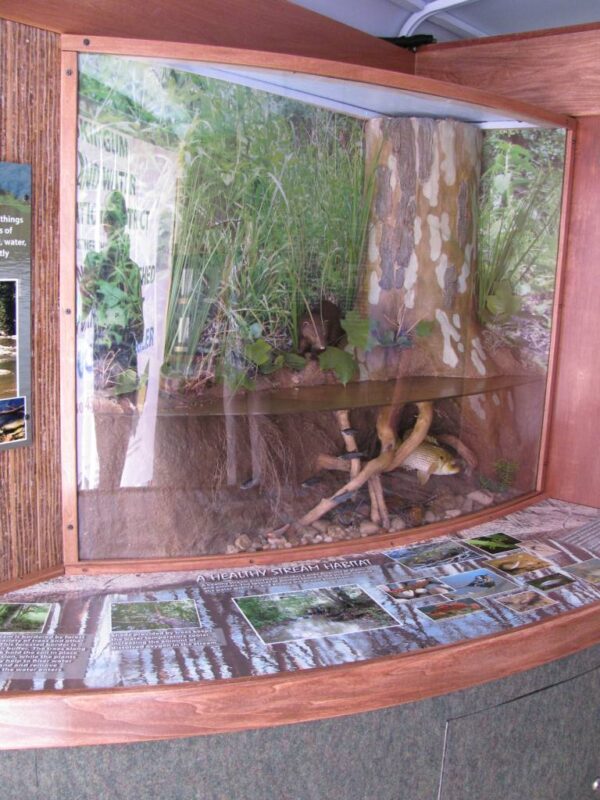
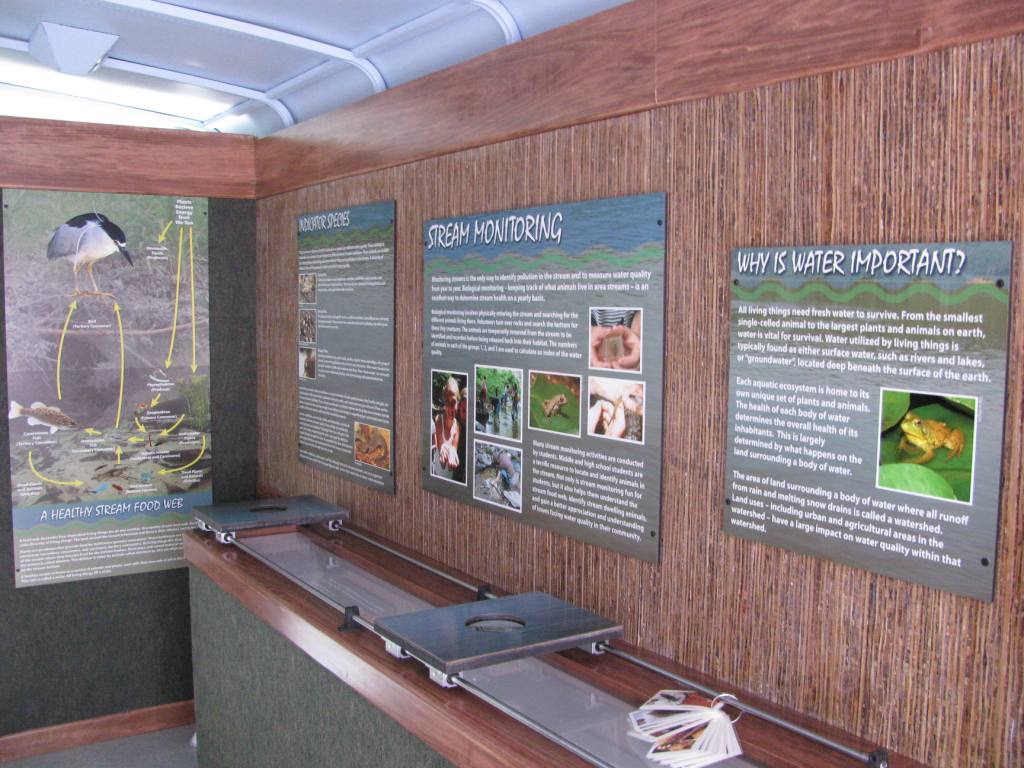
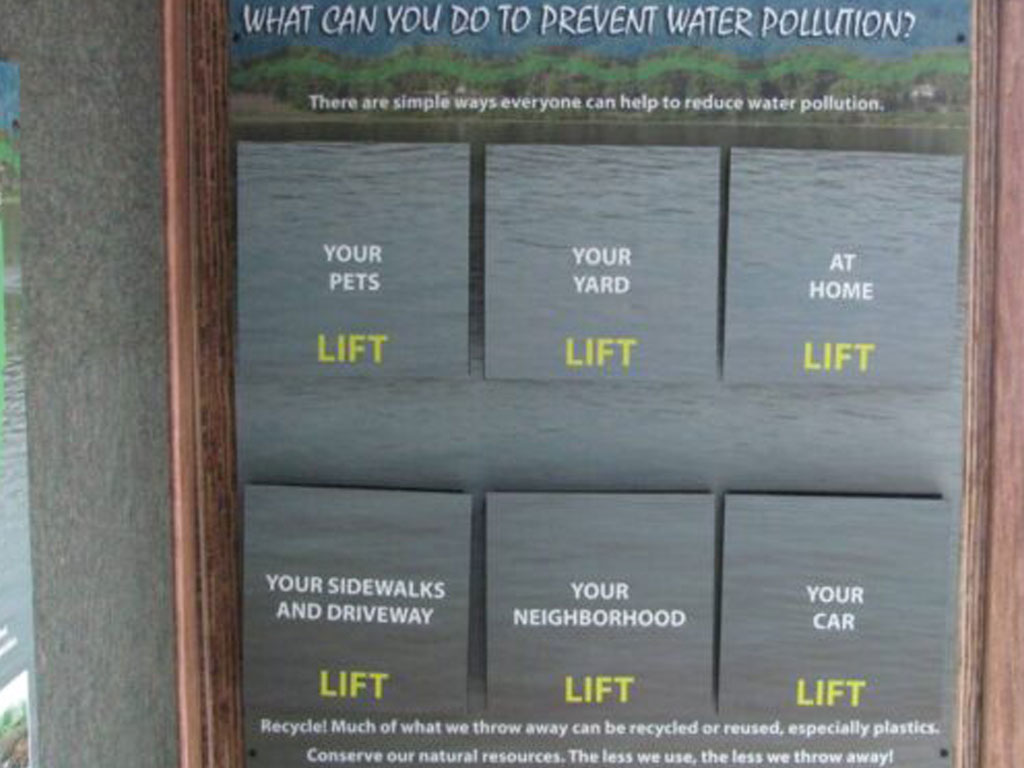
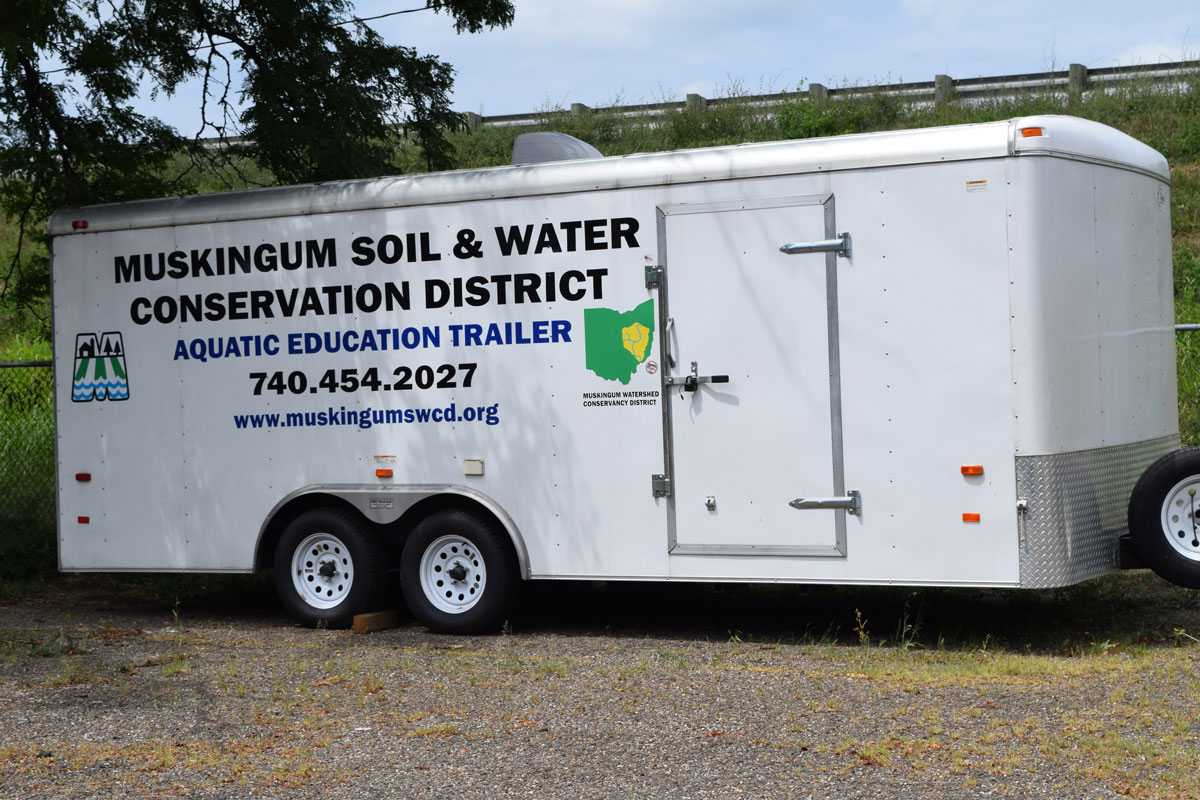
Classroom Programs
Below is a series of information relating to our available classroom programs.
Energy in Ecosystems (Grades 3-12)
This presentation emphasizes biotic and abiotic factors in ecosystems and the transfer of energy through a food web. For older students, limiting factors and other population dynamics are discussed that affect the ability of ecosystems to recover from disturbances over time.
Enviroscape Models
- One model demonstrates point/ non-point source water pollution using a watershed approach so students understand the origins of water pollution and how it can be reduced/ prevented.
- The Waste Water Treatment Plant Model- Students learn the steps water goes through from groundwater, to drinking water, to waste water and through the treatment process prior to discharge. This hands-on demonstration also highlights issues pertaining to drinking water quality and the pollution that can be caused by poorly treated wastewater.
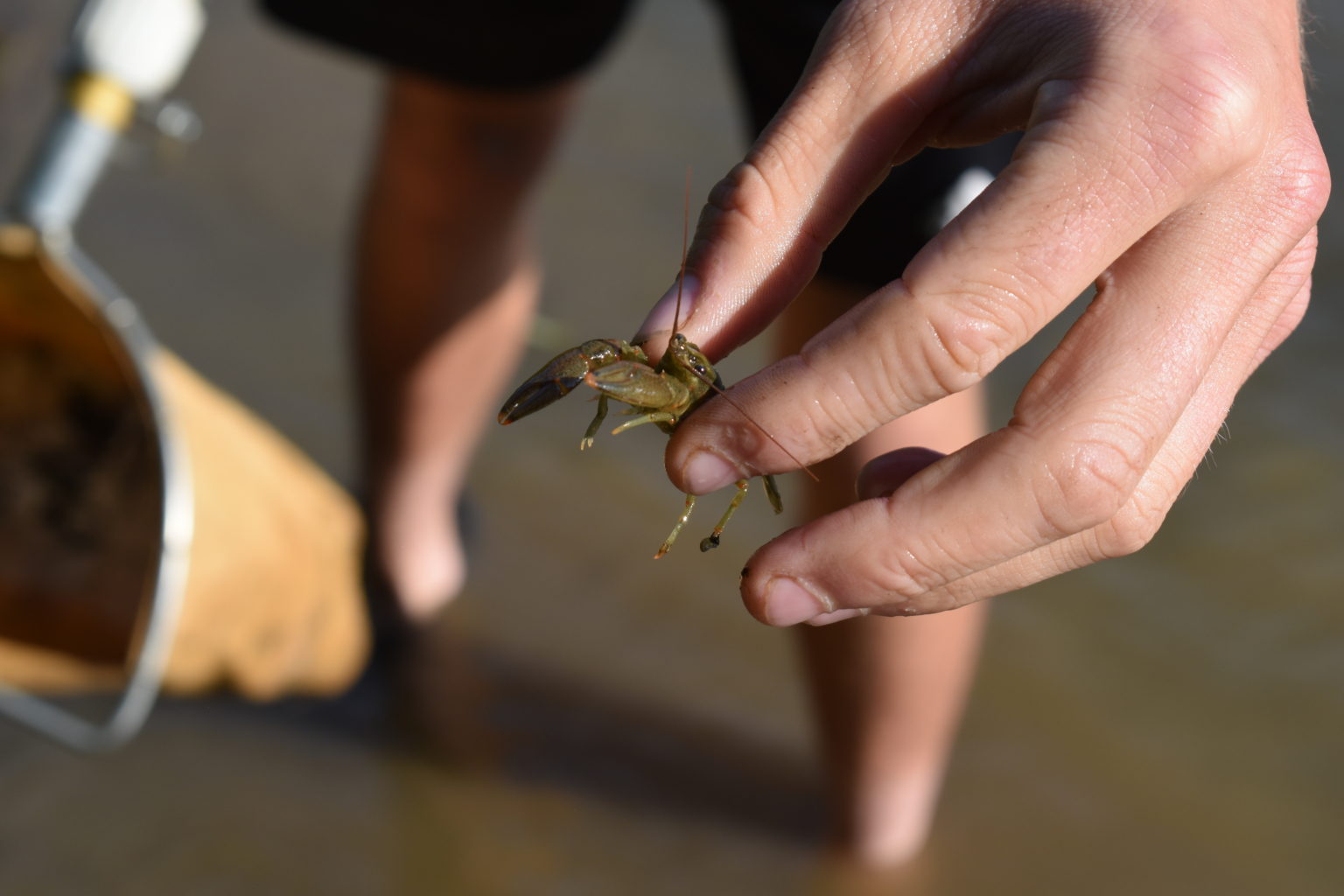
Nature Journaling (Grades K-12)
Students will spend time outdoors observing nature and then recording it. Recordings can be done by sketching, writing, using mathematical equations, poetry etc. This program encourages students to use observing methods to understand nature including: ecosystems, chain events, and biological processes.
View Our Video Series
Fossils (Grades 4-8)
Students examine real fossils to learn how organisms have changed over time to meet changes in their environment. Learn how fossils form and how the Earth’s geologic record shows us how landforms have shifted and changed over time.
Geology and the Rock Cycle (Grades 4-8)
Examine the lithosphere! Students learn about the three different types of rocks and how they form, how to classify and identify minerals using Moh’s Hardness Scale and learn about basic geological processes that shape the Earth’s surface.
The Hydrologic Cycle (Grades 3-12)
Water changes forms to move through the hydrologic cycle. Students understand the movement of water of Earth from one sphere to another, how contamination can move from sphere to sphere, and how weather patterns affect water on Earth’s surface through a fun, hands-on game.
The Incredible Journey (all grade levels)
This is our most popular presentation! Students discover the water cycle and how it works with a fun, interactive game. Discussion includes how water pollution occurs, the movement of water in the ground and the correlation between porosity, permeability, rate of flow and infiltration with the current depletion of ground water world-wide. For middle school students, the presentation includes a ground water flow model.
Ohio Mammals (Grades 2-12)
Students learn about common Ohio mammals by examining their fur, skulls and tracks. Middle and High School students learn skull anatomy and how to use a dichotomous key to identify skulls.
Soils, Erosion and Weathering (Grades 2-9)
Grade specific activities that focus on the formation and composition of soils, how the Earth’s surface is shaped by erosion, weathering and deposition, how rock is weathered to form soil, soil as a non-renewable resource, and the importance of soils as an abiotic factor in ecosystems.
Stream Monitoring Program (Grades 6-12)
This two day program includes a classroom introduction to stream monitoring, and a field day where students learn how to use chemical and biological parameters to determine water quality in streams. Limited funding is available for bus transportation.
Bat Misconceptions Program (Grades Pre-K-12)
This program highlights bats and their misconceptions. Students will be interactive as we decipher between true or false statements.
Pollinator Program (Grades Pre-K-8)
Students will interact as pollinators collecting nectar and learn how to collect pollen along the way. Students will learn the importance of pollinators and how we can protect them.
Backyard Conservation Program (Grades Pre-K-12)
Students will learn about conservation practices they can do at home that can help on a global scale.
Adaptation Program (Grades K-12)
Students will learn how animals adapt. They will engage in a game of adaptations and learn why adaptations are important to an animal’s survival.
Water Quality/Litter Fish Activity (Grades Pre-K-12)
Students will collect litter and create their own “fish” using the litter. This represents the litter that is accumulated and then sent down storm drains and can be found in local waterways. This program encourages students to protect our water and reduce/reuse/recycle.
Escape Rooms (Grades 6-12)
Students will try and “escape the room” by answering questions and using keys to open the next challenge. There are three separate templates for the Carbon, Nitrogen, and Water cycles. There is also an online version where students place all the information in a google document and then once completed are considered “escaped”.
Other Resources:
The District also offers several loner trunks, teachers may borrow for one week to use in their classroom. The trunks contain complete activities and materials. The trunks that are currently available include: Monarch Butterflies, Earthworms, Bats, Owls, Wild Turkey and Animal Tracks.
Education Videos
Below you will find videos created here at Muskingum Soil and Water to help educate about soil, water and conservation. If you have any questions or would like to know more information please contact Betsy Rosser by calling (740) 454-2027.
Enviroscape
Soil Erosion
Urban Beekeeping with Michele Episode 1
The Monarch Butterfly Life Cycle

Envirothon
MISSION: “To heighten the awareness and importance of our natural environment by providing students with a competitive hands-on experience.”
Students are tested on 5 categories: Forestry, Soils and Land Use, Aquatic Ecology, Wildlife , and Current Environmental Issues (CEI). The 2024 CEI topic is: “Renewable Energy for a Sustainable Future”.
Important Dates:
Tri-County Envirothon-April 9,2024 at Taft Reserve South in Licking County
Area 3 Envirothon-April 24,2024 at Glenford Fort Preserve, Glenford, OH
Ohio State Envirothon-TBD
North American Envirothon-July 28-August 3,2024 at Hobart and William Smith
Colleges, Geneva, New York
High School (grades 9-12)
The Envirothon is an annual competition held each Spring. High school teams consisting of five students compete for recognition and scholarships by demonstrating their knowledge of environmental science, conservation, and natural resources management. Teams exercise their training and problem solving skills in a competition centered on the 5 categories mentioned above. There are four Envirothon competitions yearly for high school teams:
- Tri-County Envirothon-A friendly, non-sanctioned, practice competition with high school teams withing Licking, Muskingum, and Perry Counties. Schools can bring as many teams as they wish, and middle school teams are also welcome to join. The Tri-County Envirothon is generally held in early April.
- Area 3 Envirothon-Four teams from each school may compete in the Area 3 competition. The top four teams qualify to represent Area 3 at the State Envirothon in June. The Area 3 competition is generally held in late April.
- State Envirothon-Five Area Envirothons are conducted around Ohio each Spring. The top four teams from each of the Area competitions progress to the Ohio Envirothon in June. The Ohio Envirothon is a 3-day event with an added team presentation component further challenging participating students. The state level Ohio Envirothon is held in a different part of Ohio each year.
- North American Envirothon-The top scoring team in the Ohio Envirothon is eligible to compete in the North American Envirothon, hosted by a different state or Canadian province each year.
Middle School Envirothon (grades 6-8)
Middle School Envirothon prepares students for the high school level competition while learning more about the environment and Earth’s natural resources. The Middle School Envirothon is held in conjunction with the Tri-County Envirothon.
Study Resources for High School Students
Study resources for the Envirothon can found at: https://www.envirothon.org/
Contact your local Soil and Water Conservation District to sign up a team(s) or for more information:
Muskingum SWCD: Betsy Rosser, urbanag@muskingumswcd.org
Join Our AG Career Pathways Youth Advisory Board
Committee Details:
- Have input on the program! We want students’ voices to be heard to make this program successful.
- Help determine what to plant in your school’s greenhouse.
- Determine what shelf-stable product to create and sell as a fundraiser for the program.
- Work with your school food managers to implement your program’s fresh produce into the lunch menu.
- Help lead the establishment of a four-school ag class cooperative, which will permit the participating schools to better achieve their goals with the support of all.
- Plan a one-day promotional ag camp for summer 2024, at two different locations.
- Help at camps with station activities.
- Involvement would be considered community service for volunteer hours needed.
- Act as ambassadors for the program and talk to other students who might be interested in the ag pathway.
- Create a logo and branding for the cooperative portion of the program.
If interested or you want to learn more about the committee, contact your ag teacher or Betsy Rosser, Muskingum Soil and Water Conservation District, Urban Ag and Education Specialist, at urbanag@muskingumswcd.org or 740-454-2027.
